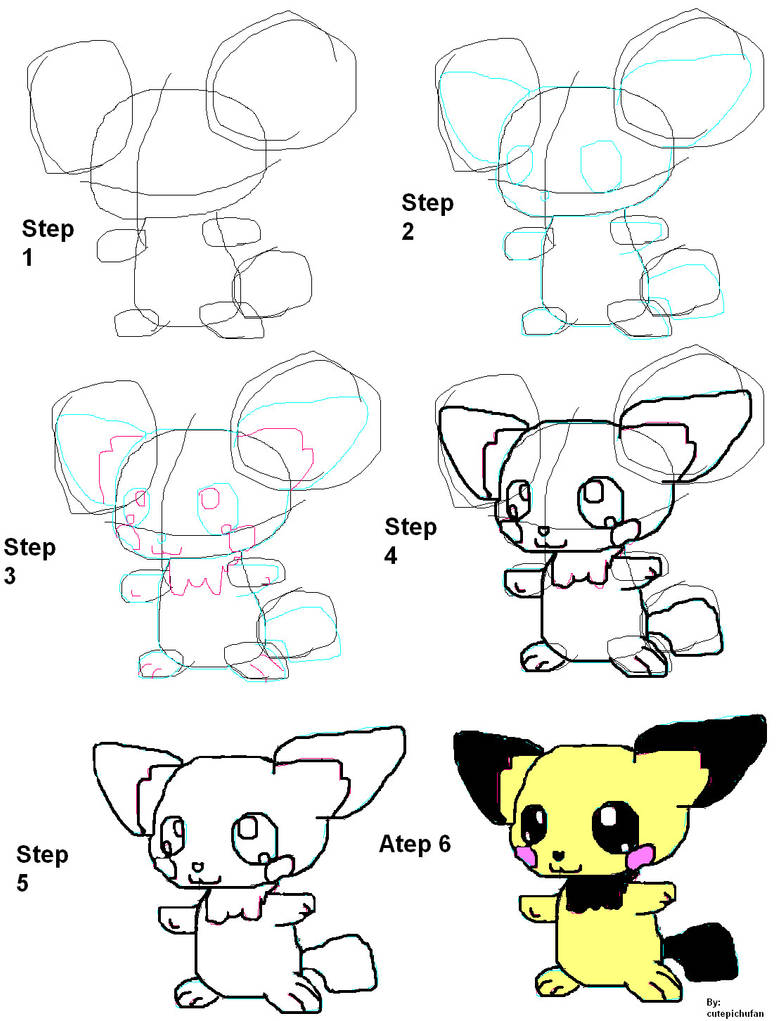Draw rattlesnake snake step drawing tutorial drawings kids desert wedrawanimals library choose board
Table of Contents
Table of Contents
Are you interested in learning how to draw a rattlesnake? Drawing a rattlesnake can be a fun and challenging experience, and it’s a skill that can be mastered with practice. In this article, we’ll cover the basics of how to draw a rattlesnake, from its distinctive features to its unique coloring. So grab your pencils and let’s get started!
When it comes to drawing a rattlesnake, there can be a few pain points that beginners may struggle with. These can include capturing the snake’s texture and scale patterns, as well as its unique triangular head shape. But with practice and effort, these challenges can be overcome.
The Basics of Drawing a Rattlesnake
The first step in drawing a rattlesnake is to understand its basic anatomy. The snake’s body is long and slender, with a distinctive triangular-shaped head. The rattlesnake is also known for its rattle, located at the end of its tail, which is made up of a series of interlocking segments. To begin your drawing, start by sketching the snake’s basic shape and then add in details such as the eyes, mouth and fangs.
Next, focus on the texture and scale patterns of the rattlesnake’s skin. Rattlesnakes have a unique diamond-shaped pattern on their backs, with lighter scales on the sides and darker ones on the top. To draw this pattern accurately, take your time and focus on each individual scale while shading.
Finally, don’t forget to add in the rattlesnake’s distinctive coloring. Most rattlesnakes have a base color of brown or green with dark brown or black markings. Be sure to pay attention to the unique coloring of the rattlesnake you’re drawing, as different species may have different patterns and colors.
Tips for Drawing a Realistic Rattlesnake
If you want to take your rattlesnake drawing to the next level, there are a few extra tips you can keep in mind. First, try to capture the snake’s natural pose and avoid making it look stiff or posed. Pay attention to how the snake’s muscles and coils move, and try to incorporate this into your drawing.
Another useful tip is to use reference images to guide your drawing process. Look for high-quality images of rattlesnakes from different angles and pay careful attention to key features such as the eyes, fangs, and rattle. You can use these images as a reference while you’re drawing to ensure that your rattlesnake looks as realistic as possible.
Avoid Common Mistakes in Drawing Rattlesnakes
One common mistake that beginners make when drawing rattlesnakes is to make the body too thin or too fat. Be sure to study the anatomy of the snake and create a body shape that is proportionate and realistic.
Another mistake to watch out for is neglecting to properly shade and texture the skin. Rattlesnakes have a distinctive pattern on their scales that can be challenging to replicate, but taking the time to properly shade and texture the snake’s skin can really make a difference in the final result.
Practice Makes Perfect When Drawing a Rattlesnake
If you’re new to drawing a rattlesnake, don’t worry if your first attempts don’t look perfect. Like any skill, drawing takes time and practice to master. You may need to practice drawing the snake’s basic shape several times before you feel comfortable adding in details such as texture and shading.
If you find that you’re struggling to capture the snake’s natural pose or texture, try breaking the drawing down into smaller steps. Focus on one aspect of the snake’s anatomy at a time, such as the head shape, and work on mastering this before moving on to other areas of the drawing.
Question and Answer
Q: What are some common mistakes when drawing a rattlesnake?
A: Common mistakes include making the body too thin or too fat, and neglecting to properly shade and texture the snake’s skin.
Q: How do I draw the rattlesnake’s distinctive diamond-shaped pattern?
A: Take your time and focus on each individual scale while shading. Look for reference images to guide your drawing.
Q: What are some tips for drawing a realistic rattlesnake?
A: Try to capture the snake’s natural pose, pay attention to key features, and use reference images to guide your drawing process.
Q: What should I do if my first attempts at drawing a rattlesnake don’t look perfect?
A: Don’t worry! Like any skill, drawing takes time and practice to master. Keep practicing and breaking the drawing down into smaller steps to help you improve.
Conclusion of how to draw a rattlesnake
Drawing a rattlesnake may seem challenging at first, but with patience, practice, and attention to detail, it’s a skill that can be mastered. Remember to start with the basic anatomy of the snake, pay attention to its texture and coloring, and use reference images to guide your drawing process. And most importantly, have fun and enjoy the process!
Gallery
How To Draw A Rattlesnake
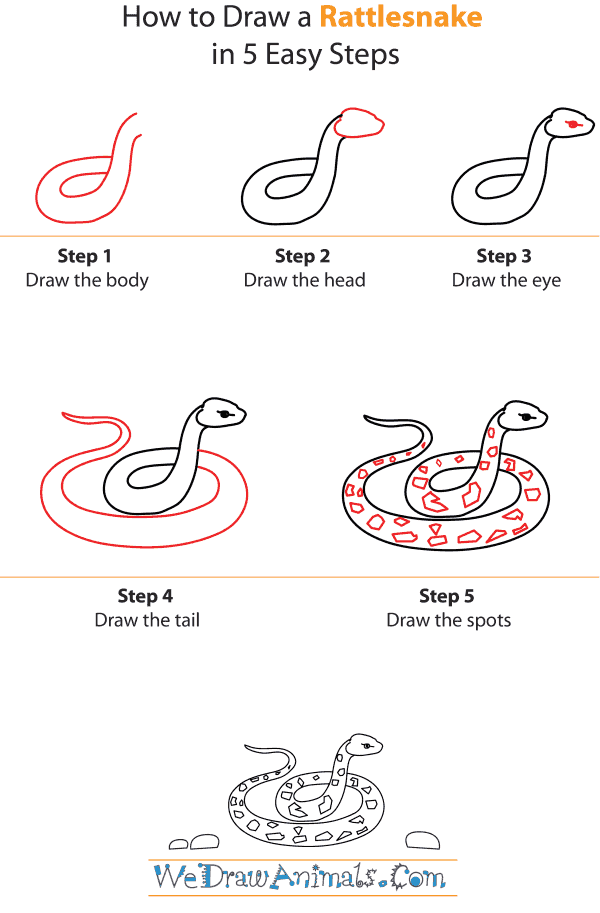
Photo Credit by: bing.com / draw rattlesnake snake step drawing tutorial drawings kids desert wedrawanimals library choose board
How To Draw A Rattlesnake | Free Download On ClipArtMag
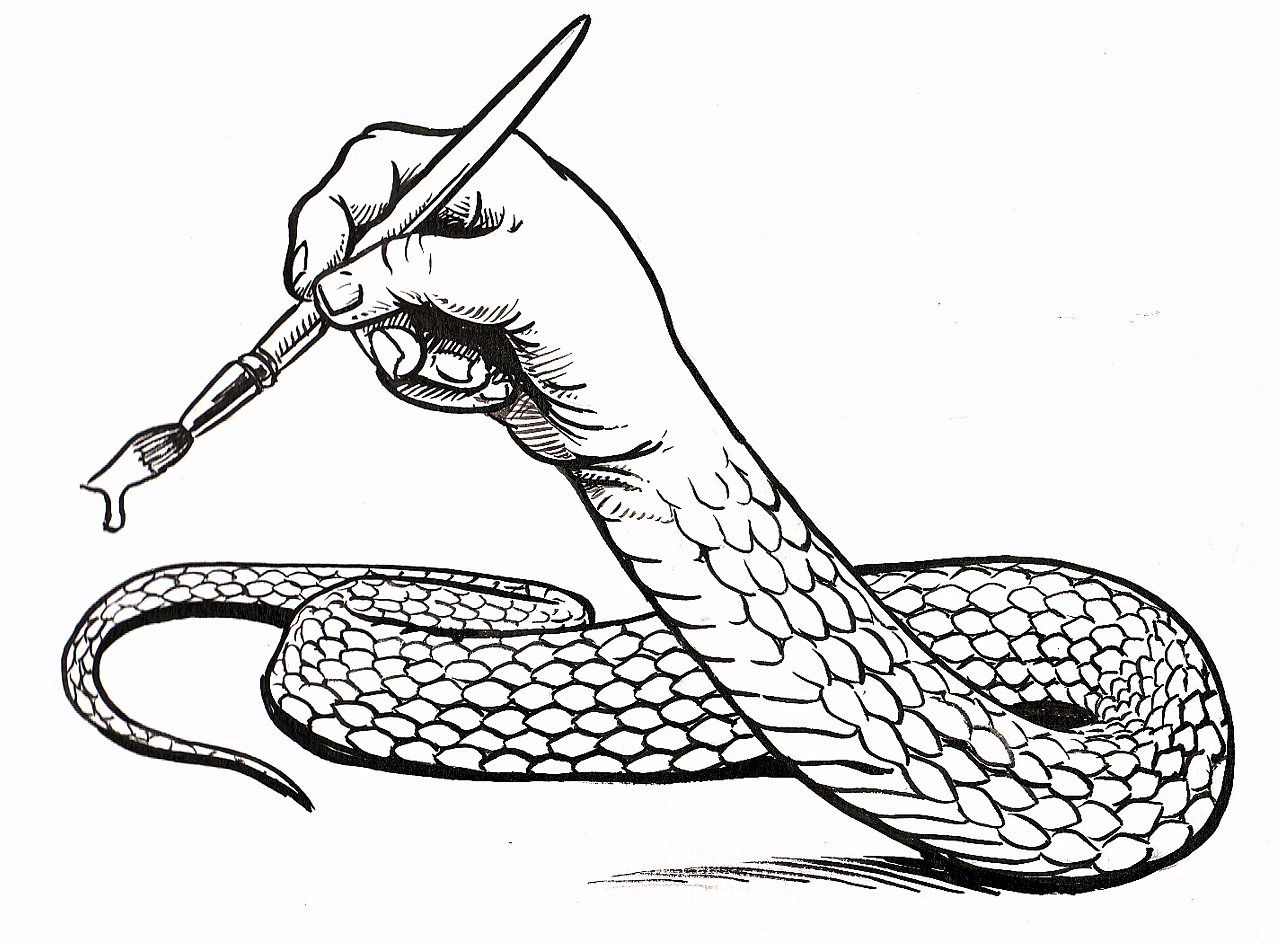
Photo Credit by: bing.com / rattlesnake clipartmag
Timber Rattlesnake Drawing By Mike Howell - Fine Art America
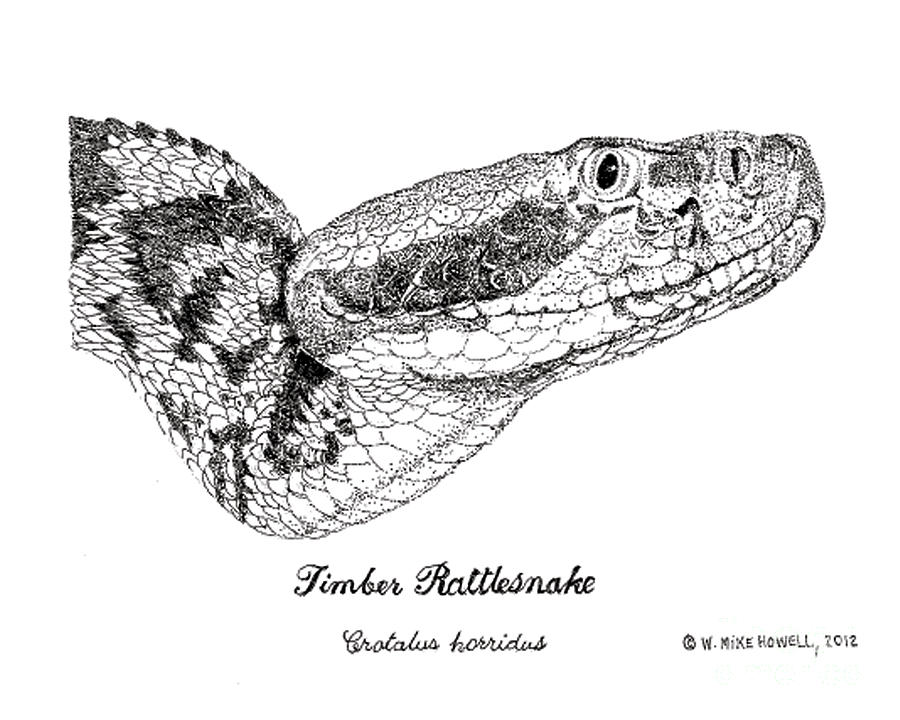
Photo Credit by: bing.com / rattlesnake timber drawing howell mike snakes drawings print profile 3rd uploaded december which fineartamerica spotted bass
Rattle Snake Drawing At GetDrawings | Free Download
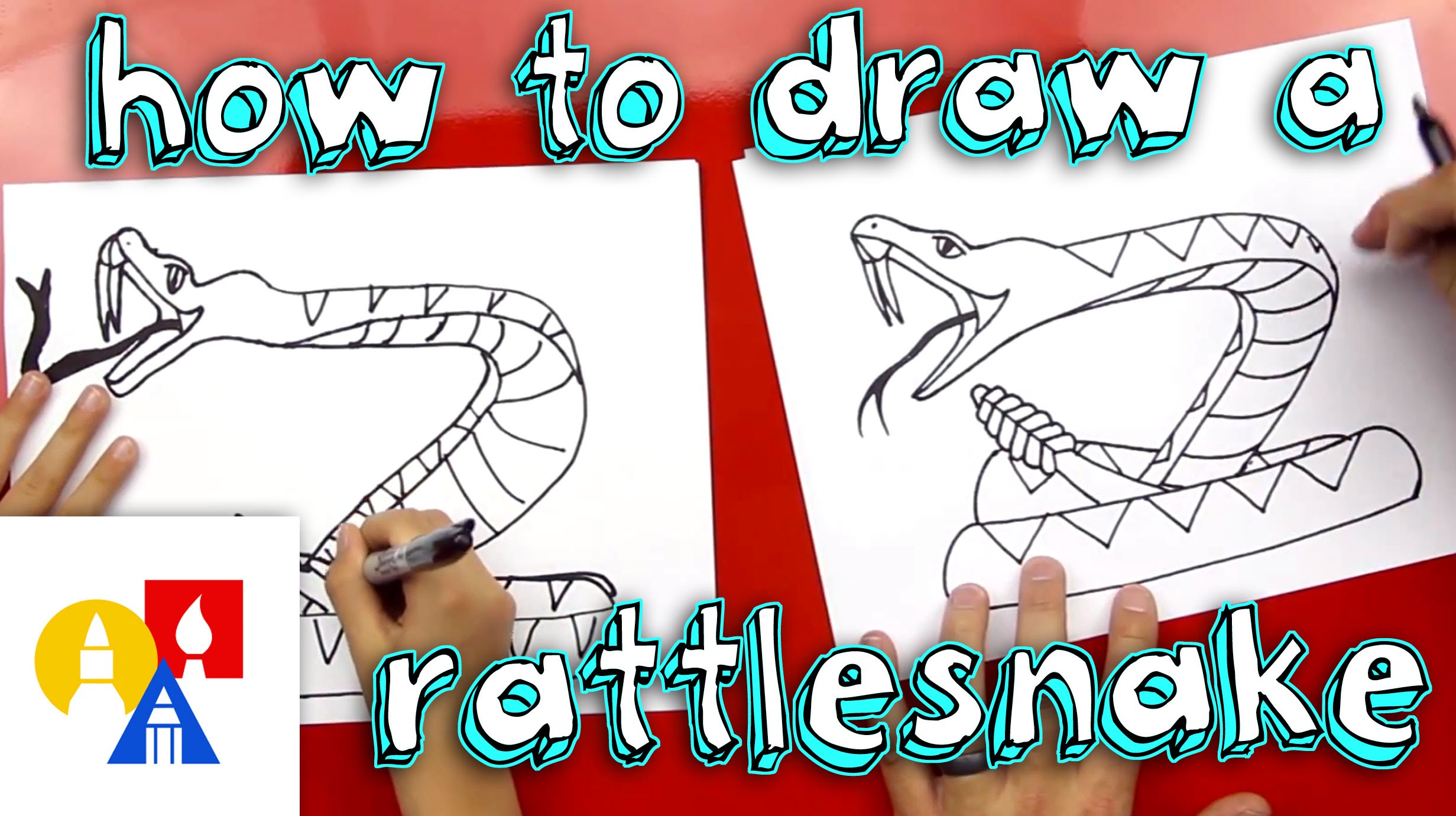
Photo Credit by: bing.com / draw rattlesnake drawing snake rattle getdrawings
Rattlesnake | Snake Drawing, Snake Art, Rattlesnake Tattoo

Photo Credit by: bing.com / rattlesnake snake drawing drawings sketches tattoo animal illustration visit herpetological louis society st




